Slow Roasted Tomatoes + Arugula-Tarragon Pesto over Socca
Chickpea flour has to be one of my favourite gluten-free flours out there. It has a lot of character (don’t even try tasting it raw, by the way) but it is, at the same time, very versatile. I make crêpes with it, savoury pancakes, use it in small amounts in cake batters (its high protein content mimics that of eggs, making it the perfect egg replacer) and many other preparations.
It wasn’t long ago that I’ve heard of socca, a chickpea flatbread typical of Nice, France. I came across a recipe for it in Ottolenghi’s Plenty, but haven’t tried it out as it called for egg whites. However, and after some research on the internet, I found out that most socca’s recipes don’t use eggs at all, requiring only three basic ingredients (chickpea flour, water and salt) and, optionally, a few dried herbs and olive oil. In this recipe, I used za’atar to flavour the batter because it goes well with the pesto and all, but you could definitely build different flavour profiles by adding different spices and herbs.
Regarding the slow roasted tomatoes: I quite like raw tomatoes, but I like them even more when slow roasted. They’re sweet and tangy at the same time and can totally transform an otherwise boring leafy salad into something out of this world.
The recipe(s) for the slow roasted tomatoes and the pesto make way more than what you will need for this particular dish but that’s the point, really, so that you have plenty to play around and use in different meals (salads, sandwiches, and so on).
Slow Roasted Tomatoes + Arugula-Tarragon Pesto over Socca
(serves 4 to 6)
slow roasted tomatoes:
1 kg / 15 medium sized vine ripened tomatoes, quartered
2 teaspoons salt
1 tablespoon olive oil
1 tablespoon balsamic vinegar
4 garlic cloves, lightly crushed
arugula-tarragon pesto:
40 g / 1/3 cup laminated almonds, preferably toasted
30 g / ½ cup packed arugula
6 g / ¼ cup packed tarragon
1 teaspoon salt
1 garlic clove, minced
2 tablespoons lemon juice
60 ml / 1/3 cup olive oil
socca:
130 g / 1 cup chickpea flour
1/2 teaspoon salt
1 ½ teaspoons za’atar
250 ml / 1 cup water
1 teaspoon olive oil, to grease the pan
extra arugula and silvered almonds, to assemble
Pre-heat the oven to 140 C / 284 F. Line a large baking tray with greaseproof paper. Add the tomatoes, salt, olive oil, balsamic vinegar and garlic to a bowl and mix to combine. Arrange the tomatoes, cut side up, on the baking tray and slow roast for 1 ½ to 2 hours. They’re done when wilted and lightly brown around the edges.
For the pesto, finely chop, separately, the almonds, arugula and tarragon. Mix everything together in a bowl and add the salt, garlic clove, lemon juice and olive oil. Mix well to combine. Have a taste and adjust the seasonings if needed be. Alternatively, and instead of chopping up the ingredients by hand, you can use a food processor to blend them up.
Raise the oven temperature to 200 C / 390 F.
Sift the chickpea flour, salt and za’atar to a bowl. Slowly pour in the water, whisking vigorously to avoid any lumps. Let the batter sit, covered, for 30 minutes to 1 hour at room temperature.
In the meantime, grease one 25 cm / 10 inch round baking dish with olive oil and put it in the middle third of the oven for at least 10 minutes. After that time take, very carefully, the pan out of the oven and pour the batter into it. Return the pan to the oven for 20-25 minutes, or until the chickpea pancake is golden brown on top. You can finish it (as I did) on the broiler for the last 5 minutes of cooking to encourage even browning.
To assemble, cut the socca into 4 or 6 equal slices. Spread the pesto on each of the slices, add a generous amount of arugula on top as well as 2 to 3 tomato quarters. Drizzle a bit more pesto on top of the tomatoes and finish off with plenty of toasted silvered almonds.
Blueberry Coconut Cake
When God gives you blueberries…. you either a) eat them in one sitting on a particularly lazy Sunday night (as if they were popcorn), or b) drag yourself into the kitchen and, despite the hot temperature (the thermometer has been reaching – and even passing – 30º degrees these days) decide to bake a blueberry cake. After giving the issue some thought and, frankly, not without a few doubts, I went with the last option.
I haven’t baked anything with any sort of berries before, mostly because I can’t help myself from eating them in their natural state, as they taste so incredibly good when in season (as now). However, I most say, if you’re going to make this cake you’re into something. Because, that night, I didn’t bother to check up online recipes and ratios for this particular baked good, I approached it in the same way I work with savoury foods – tasting as I go, paying attention to the amount of liquid added in order to reach the right batter’s consistency…. that sort of intuitive thinking.
I know (as we all do) that berries love coconut, so that really was my starting point. The cake is full with blueberries (that you could easily substitute with raspberries or blackberries), not too sweet, and with that nutty-crunchy finish that gives it character and an extra boost of flavour. Now, you guys can definitely call me inconsistent – I deserve the title – because I’ve been saying way too many times that baking is not my cup of tea but, honestly, and what I’m about to say is quite a statement, this is probably the best and most accomplished sweet treat I have ever made and shared on this blog.
Just a little last note: you can definitely serve the cake with some coconut whipped cream on the side. I don’t have a particular recipe for it but this is how I generally do it: freeze, upside-down, a can of coconut milk for a few hours; open the can, pour the creamy part into a bowl (discard the liquid), add a sweetener (I usually go with agave) and maybe the seeds of half a vanilla bean, mix everything together, et voilà!
Enjoy the summer, do not forget the sun protection cream, and eat your berries (they’re full of antioxidants and other good things that google will be more than happy to tell you). ;)
Blueberry Coconut Cake
(makes 1 cake in a square 20 cm pan)
for the dry mixture:
1 ½ cups / 180g brown rice flour
½ cup / 40 g desiccated coconut
¾ cup / 80 g quinoa flour
1 tablespoon baking powder
¾ teaspoon salt
zest of one lemon
for the wet mixture:
¼ cup / 60 ml melted coconut oil
1/3 cup /55 g coconut sugar
¼ cup / 60 ml agave nectar
2 tablespoons flaxseed meal mixed, in a bowl, with ¼ cup / 60 ml water
1 ½ cups / 375 ml light coconut milk
for the topping:
½ cup / 52 g coarsely ground walnuts
½ cup / 40 g desiccated coconut
2 tablespoons coconut oil
4 tablespoons coconut sugar, divided
½ teaspoon cinnamon
¼ teaspoon salt
–––
2 cups / 290 g blueberries
extra coconut oil, for greasing the cake pan
Pre-heat the oven to 180ºc /350 F. Grease a square 20×20 cm pan with melted coconut oil. Set aside.
In a medium sized bowl, mix the topping’s ingredients, adding only two tablespoons of coconut sugar instead of the four written above (you’ll use the remaining two tablespoons later).
Sift the dry ingredients into a large bowl. In a separate bowl, whisk together the wet ingredients. Pour the wet mixture over the dry one and mix slowly until everything’s well incorporated and you end up with a slightly thick batter.
Pour half of the cake batter into the bottom of the pan. Add one cup of blueberries on top, making sure to distribute them evenly. Add the remaining half of cake batter, followed by the last layer of blueberries. To finish things off, cover the cake with the coconut-walnut topping.
Bake the cake, in the pre-heated oven, for 45 minutes. After that time, take the cake out of the oven and scatter the remaining two tablespoons of coconut sugar on top of it – make sure you cover all the cake’s surface with the sugar, so that you end up with a crisp and caramelised layer. Return the cake to the oven for an additional 5 minutes. Once done, let it cool to room temperature, cut into squares and serve. Even though I like to eat it plain, it goes particularly well with coconut whipped cream.
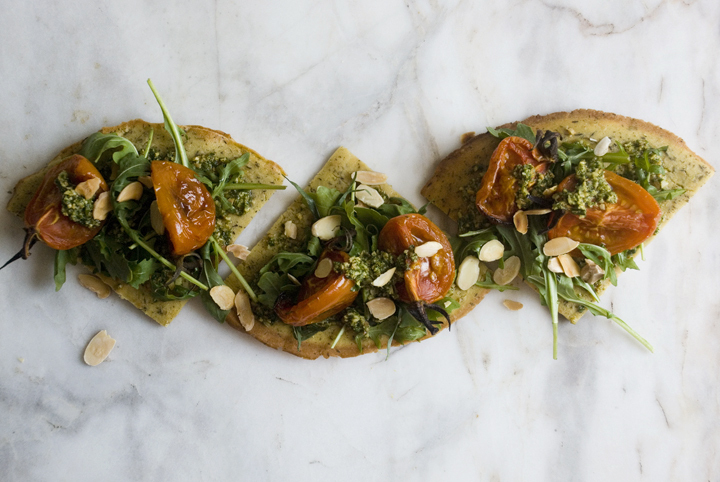
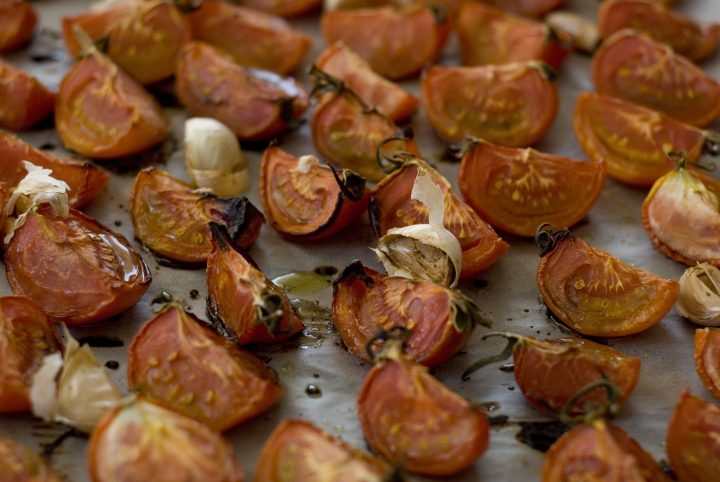
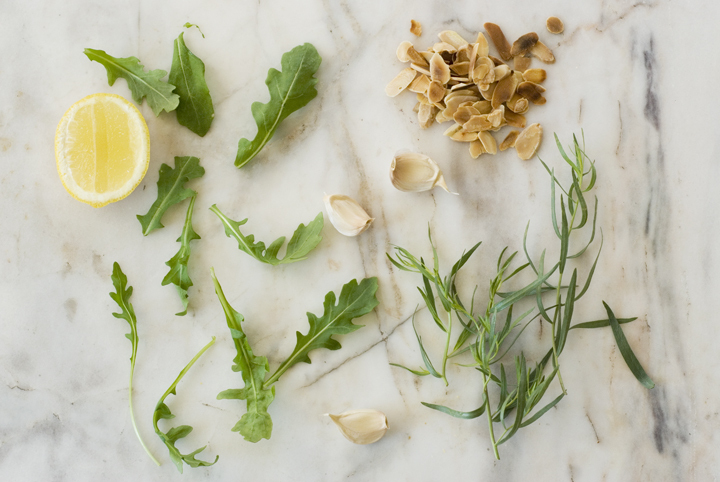
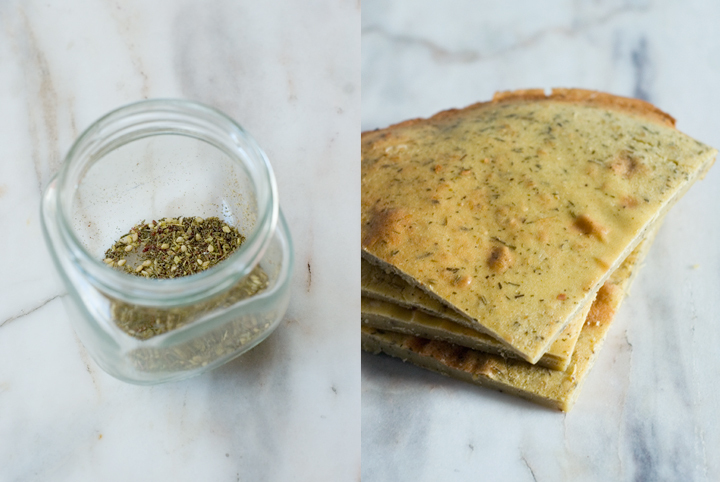
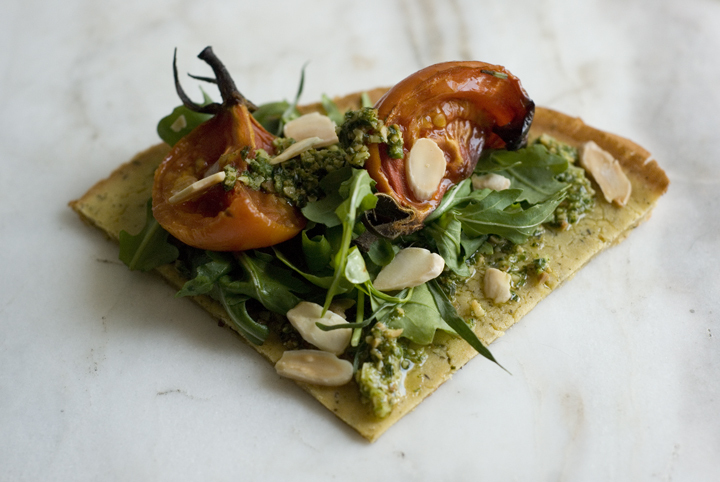
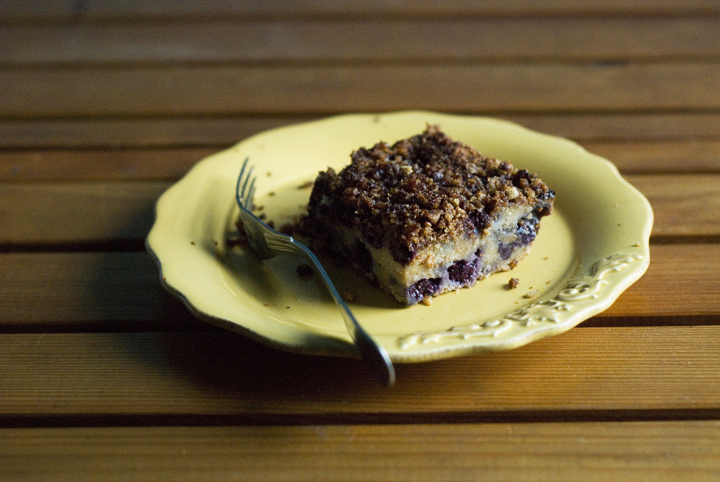

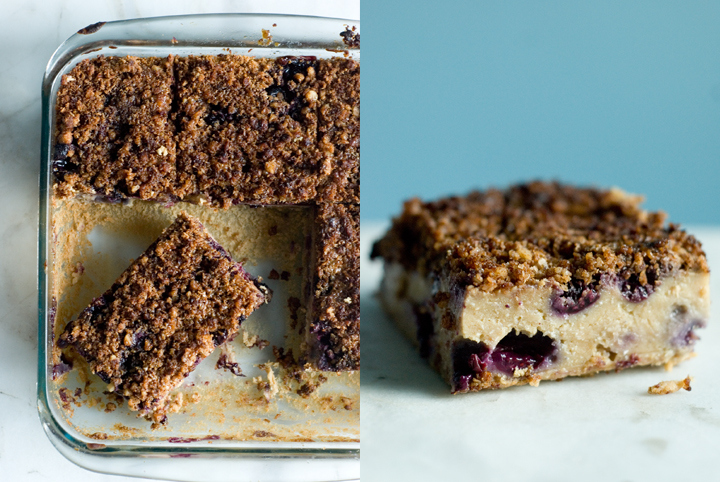
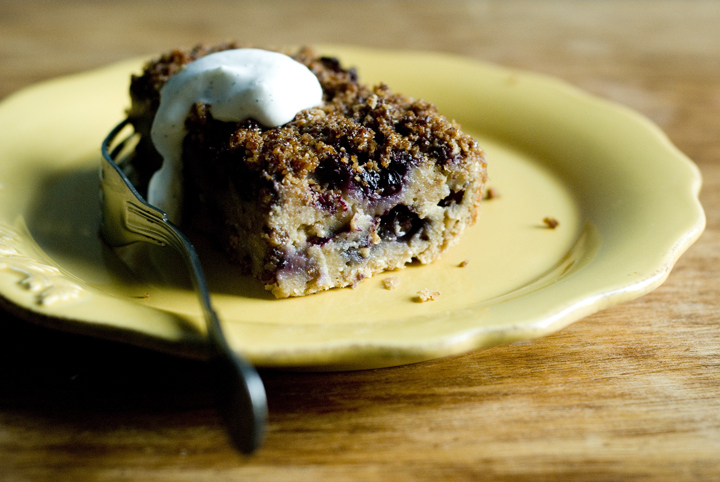
2 comments